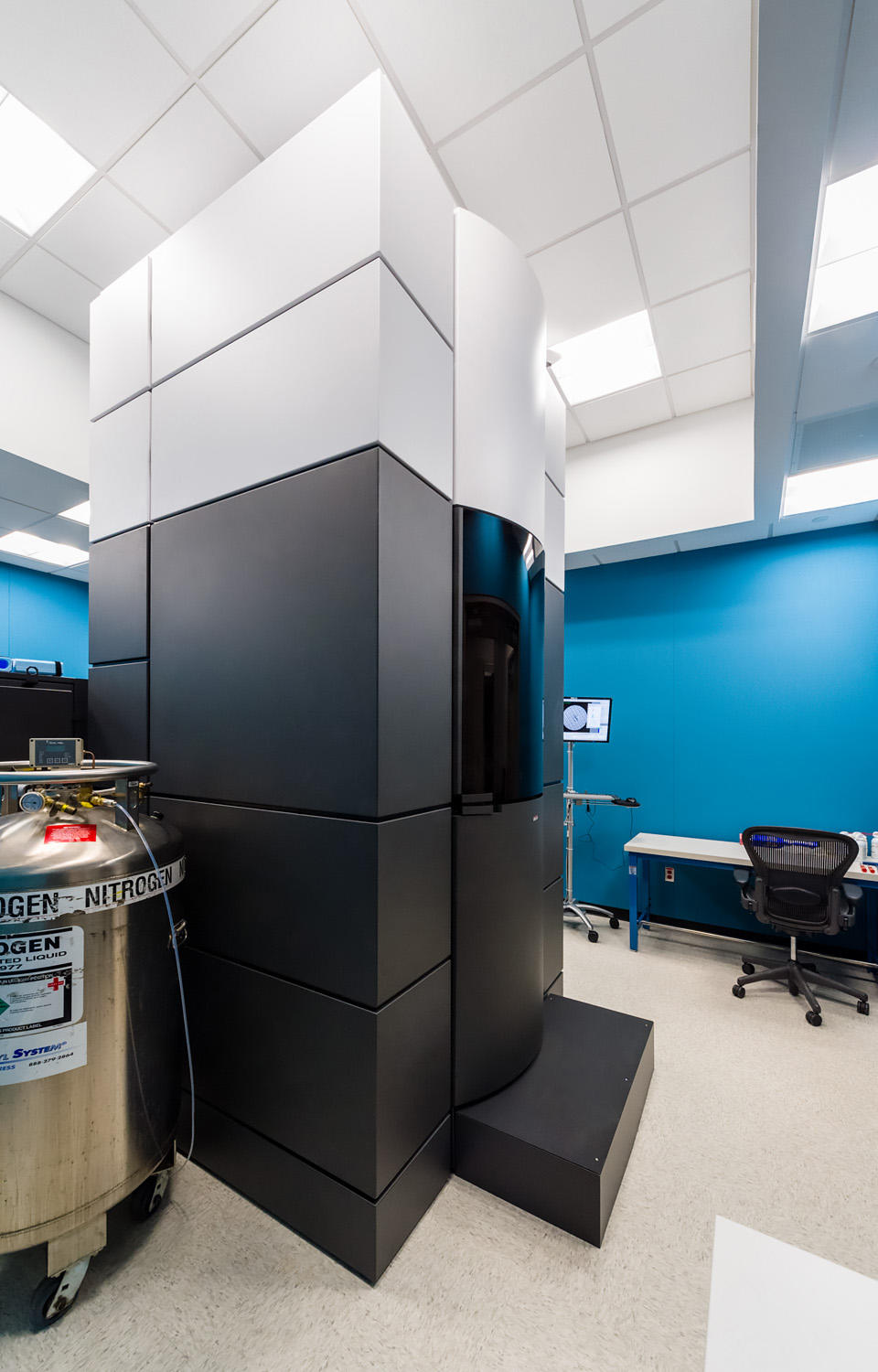One of the most significant changes I've noticed over years of attending the Annual Meeting is the prevalence and importance of cryo-EM - no surprise, given this broadly reflects the major trends in the field. Across the world, institutions are investing heavily in the modern microscopes, cutting edge detectors, and other bells and whistles that are necessary to perform the latest and greatest cryo-EM/cryo-ET research. We now see an abundance of beautiful maps adorning posters and platform presentations, each a new breakthrough in biological research, and it is no wonder why everyone wants to join the "revolution".
And yet - are we going about this the best way? While departments everywhere are applying for the resources necessary to build their own facilities, several national cryo-EM centers have come online in recent years. These facilities allow users to submit proposals for microscope time and, if accepted, obtain the type of data necessary for high resolution reconstructions for their own samples. Thus, with access to a microscope of sufficient quality for screening samples, researchers everywhere can avail themselves of top-of-the-line resources without directly bearing the associated costs.
I spoke to Tom Edwards, a microscopist at the National Cryo-EM Facility, which is formed under the auspices of the National Cancer Institute. The NCEF has several state-of-the-art microscopes and is the first such national facility operating under this styling. Interested users can submit proposals via a simple web form. Given the NCEF's association with the NCI, proposals should have either a direct or indirect relationship with cancer research. Once accepted, users can ship frozen grids to their facility for data collection, and do not have to travel to the facility themselves. These grids should be of similar quality to those originally submitted as part of the proposal. (My advice: freeze and screen a couple of grids and, if the sample quality is sufficient, freeze another 10-12 the very same day.) Tom tells me their typical turn-around time is one month. On the first day of data collection, the on-site microscopists will interact with users via WebEx to setup automated collection, and will collect data for ~48 hours. With new detectors coming online, it will soon be possible to collect the same amount of data within 24 hours. By the way, all of this only costs the associated sample shipping fees.
This is an excellent resource, one that users even with robust at-home facilities could benefit from. At a time when the use of tax dollars is questionable, these types of centers improve the working lives of researchers all over. If you'd like to learn more, please visit Tom at booth 229.
